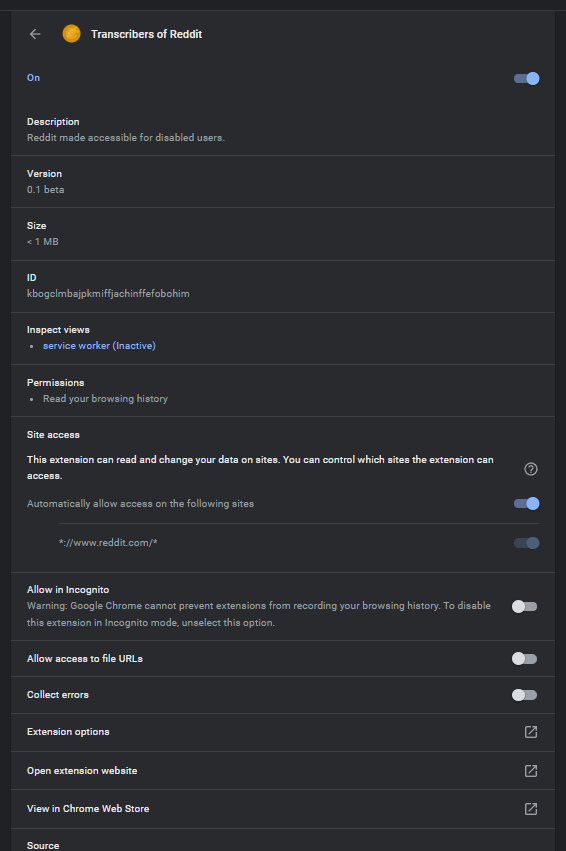
Traditional ways of applying for credit seem outdated to many people. To get the money you need, you have to collect a pile of documents, go to a bank, wait in line, spend some time talking to the consultant, and still there is no guaranteed result. All these activities are time-consuming and overwhelming.
This is why the popularity of lending platforms is growing. Money loan services are fast, reliable, and user-friendly. If you want to join the market with a new custom solution, this article is for you. We are about to explore the basics of lending software development, its benefits, and how it impacts the lending industry.
What is lending software?
Table of Contents
Lending software is a software application specialized in streamlining the loan process and handling the lending lifecycle. It equips financial institutions like banks, credit unions, and other organizations with a complete range of tools to efficiently manage loan origination, underwriting, servicing, and collections. To create such a complex tool, it’s a good idea to partner with a lending app software development company that can guide you through the process and help you avoid possible challenges.
Lending software automates many of the manual processes involved in the process, including application processing, document management, credit scoring, risk analysis, and loan approval. By automating these processes, lending software reduces the time and resources required to process loan applications, increases accuracy and consistency in decision-making, and improves the overall customer experience.
Lending software can be customized to meet the specific needs of different financial institutions, allowing them to streamline their processes and reduce costs. It can also integrate with other financial systems like accounting software to provide a seamless end-to-end experience for lenders and borrowers.
Types of lending
To make sure your solution will find its place on the market, you need to focus on one or two main types of loans to start with. There are several types of loans, each with its unique characteristics and purposes. Some of the most common ones include:
- Personal loans: These are loans that individuals can borrow for various personal expenses, like home renovations, medical bills, or debt consolidation.
- Business loans: These are loans that businesses can borrow to finance their operations, purchase equipment or inventory, or expand their business.
- Mortgage loans: These are loans that individuals can borrow to purchase or refinance a home.
- Car loans: These are loans that individuals can borrow to purchase a new or used car.
- Student loans: These are loans that students can borrow to finance their education expenses.
- Payday loans: These are short-term loans that individuals can borrow to cover unexpected expenses or emergencies.
- Peer-to-peer loans: These are loans that individuals can borrow from other individuals through online platforms.
Each type has its unique features, interest rates, repayment terms, and eligibility criteria. It’s essential to understand the characteristics of the loan type you are about to focus on and to polish your business goals to make an informed decision.
Features of a lending platform
A good lending platform enables lenders to manage the entire process, from loan origination to repayment, easily and efficiently. To make sure your solution addresses the user’s needs, it should have a certain set of features that are expected from almost any loan-related software. Here are some common features to consider:
- Loan application management: A lending service should have features that enable borrowers to apply for loans online and allow lenders to manage the loan application process, including credit checks, income verification, and loan decision-making.
- Credit scoring: Your platform should have built-in credit scoring algorithms that help lenders assess the creditworthiness of borrowers and make informed lending decisions.
- Loan repayment management: A lending platform should provide borrowers with a range of payment options and enable lenders to manage loan repayments efficiently.
- Reporting and analytics: Loan platforms should have robust reporting and analytics features that allow lenders to monitor loan performance, identify trends, and make data-driven decisions.
- Legal compliance: Fintech solutions in general should comply with laws and requirements and manage risk effectively.
- Integration with other systems: A lending platform should be able to integrate with other systems like accounting software, payment processing systems, and customer relationship management (CRM) tools. You can even integrate trading features. An experienced custom trading software development company will give you a hand with it.
- Customer portal: A lending platform should provide borrowers with a self-service portal to view their loan status, payment history, and other relevant information.
Overall, a lending platform should be user-friendly, flexible, and customizable to meet the unique needs of different organizations. It should provide lenders with the tools they need to manage the entire lending process efficiently and deliver a seamless borrowing experience for borrowers.
Steps to complete the lending software development
Effective communication between the lending organization and the development team is crucial to ensure that the software meets the desired outcomes and provides a positive impact on lending operations. Such communication can be organized with the help of an efficient development strategy. That way, everyone will be able to stay in the loop and keep up with changes. Here are the most common steps to complete the lending software development:
Requirement gathering
The first step for your team is to gather requirements from you to understand the business needs, goals, and objectives. It involves identifying features needed in the lending software to streamline lending activities , manage risks, and build a better customer experience.
Design and architecture
Once the requirements are gathered, the next step is to create a design and architecture that outlines how the software will be developed, the software’s components and the technology stack to be used.
Development
This is the actual coding of the software, where engineers will use programming languages, APIs, and libraries to build the software. The development process should follow agile methodologies to secure timely delivery and continuous improvement.
Testing
Testing, both manual and automated, plays a huge part in ensuring that the software is functioning as intended, is free from bugs, and meets quality standards. Different types of testing, like functional testing, performance testing, and security testing, should be performed during this stage.
Deployment
Once the software is tested and deemed ready, it is deployed to the production environment. The deployment process should be smooth and seamless to minimize any downtime or disruption.
Maintenance
After the release, the software will go under ongoing maintenance and support to ensure its smooth functioning. This involves monitoring the software, fixing bugs, and updating it to meet changing business needs or regulatory requirements.
To sum it all up
Creating your own lending solutions can provide several benefits, including customization, competitive advantage, control, data security, scalability, and revenue generation. While the initial investment in terms of time and resources may be significant, the long-term benefits of creating your own lending solutions can outweigh the costs and provide a competitive advantage in the lending industry.




